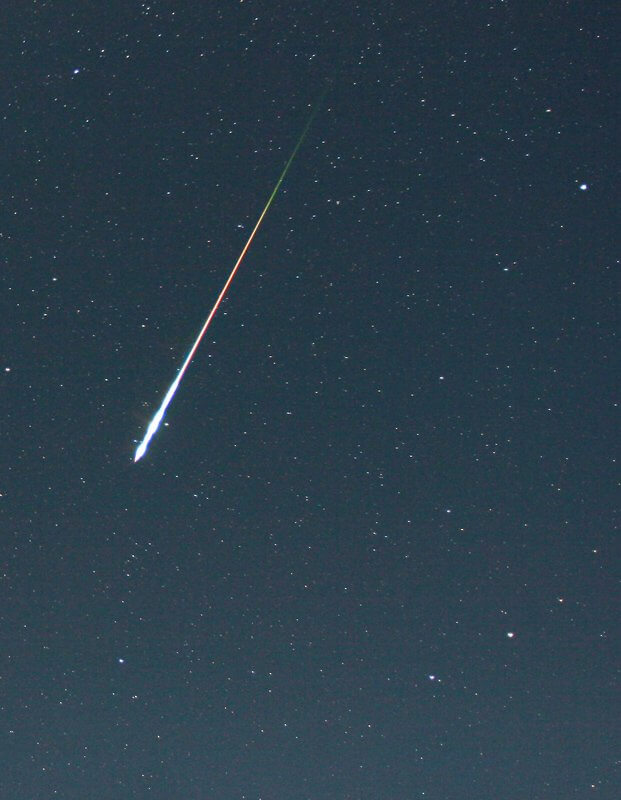Heliophysics nuggets are a collection of primary scientific measurements, new research techniques and instruments that deepen our attempt to understand the Sun and the dynamics of the 'space weather' system. Among other things, the scientists in this project use a radar system to track meteors
For details on observation in the Golan Heights

Tonight and tomorrow (August 11-12, 2013) the annual fireworks show of the meteor shower will take place in the sky, which in recent years has provided the largest fireballs - the Perseid shower. However, this event is only the tip of the iceberg when it comes to meteors entering the Earth's atmosphere: between 10 and 40 tons of invisible meteor dust slide into our atmosphere from space
Large meteor showers like November's Perseids or Leonids are caused when the Earth and its atmosphere pass through a region of the sky filled with debris shed by comets. In the case of the Perseids, these are the small fragments torn from the tail of Comet Swift Tuttle, which orbits the Sun once every 130 years. These fragments glow due to the enormous friction created when they penetrate the compressed gas layer of the atmosphere. Each such fragment is about the size of a coin, but in addition to them, the Earth is constantly crossing a dust cloud of particles that have long since disintegrated into fragments no larger than the diameter of a human hair.
According to Diego Jenches, a micrometeoroid researcher at the Goddard Space Center in Maryland, this stardust is made up of fragments, some of which are remnants of the formation of the solar system, and the rest are the products of meteorite or asteroid collisions in the distant past.
Jenches studies these tiny meteorites using radar systems scattered in various locations around the world: Tierra del Fuego in southern Argentina, Sweden, Puerto Rico and Alaska. These fragments enter the atmosphere at speeds of between 7 and 44 kilometers per second and bring with them minerals and metals from the body they came from, including sodium, zinc, calcium and magnesium.
The Gathan meteorites feed the atmosphere with all these materials, Janches says. "They arrive, release metallic atoms that are swallowed up in the mesosphere and pushed from pole to pole in the air currents. By using metals as 'tracer bullets', it is possible to answer important questions about the composition and movement of these substances in the atmosphere."
The radar systems scattered around the world can track this movement. Meteorites collide with atoms in the atmosphere and leave behind a trail of electrons and ionized particles. The electrically charged area acts like a perfect mirror for the radar waves that are pushed back and give us information about the position and Doppler shift of the particles. This can be used to measure the speed and direction of the atmospheric winds at the altitudes where the meteor trails are formed - at altitudes between 60 and 100 kilometers. Thanks to the multiplicity of these trails, they can be used to measure complex wind patterns on a continuous basis.
Similar techniques, but using a laser instead of a radar, can be used to map a process such as the distribution of sodium through the atmosphere and track the global air movement system in a different way. This system can transport the meteoric dust to the poles, and during the summer they can act as scoops for ice crystals in the sky that create glowing clouds at night.
For information on the NASA website
August's Perseid Shower: The meteor shower that produces the largest number of fireballs

2 תגובות
A dark place after midnight until 4 in the morning...
It is necessary to look a little towards the north...
Hello, where is recommended for sight-seeing near Beer Sheva today?